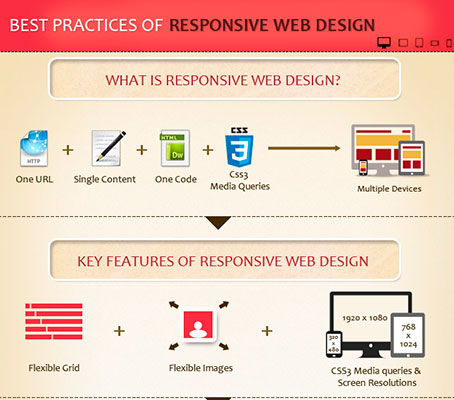The Development Of Web Design: After That And Now
The Development Of Web Design: After That And Now
Blog Article
Web Content Author-Booker Bojesen
In the past, internet sites were basic and focused on info. Navigating was straight, and design was for desktop computers. Now, customer experience is vital. Information overviews designs for easy navigating. Responsive designs match different devices. Today, dark mode decreases pressure, and minimal food selections enhance navigating. Interactive features involve individuals, and strong visuals stand out. AI assimilation improves interaction. See how style has evolved to enhance your online journey.
Very Early Days of Web Design
In the early days of website design, simplicity reigned supreme. Websites were basic, with minimal shades, font styles, and designs. The focus was on supplying info as opposed to fancy visuals. Individuals accessed the web with slow dial-up connections, so rate and functionality were crucial.
Navigation food selections were straightforward, normally situated on top or side of the page. Websites were made for desktop computers, as mobile browsing had not been yet common. Content was king, and developers prioritized simple readability over complicated design aspects.
HTML was the main coding language used, and designers had to function within its restrictions. Animations and interactive features were marginal compared to today's standards. Web sites were static, with little vibrant web content or tailored user experiences.
Increase of User-Focused Design
With the evolution of internet site design, a change towards user-focused style concepts has actually come to be increasingly famous. Today, producing web sites that focus on user experience is important for engaging visitors and achieving company goals. User-focused style entails recognizing the needs, choices, and behaviors of your target market to tailor the internet site's design, content, and includes accordingly.
Designers currently carry out complete study, such as customer studies and use screening, to gather insights and responses straight from users. This data-driven strategy assists in developing intuitive navigating, clear calls-to-action, and visually enticing user interfaces that reverberate with site visitors. By putting the customer at the facility of the design procedure, internet sites can deliver a much more personalized and delightful experience.
Responsive design has additionally become a key element of user-focused layout, guaranteeing that web sites are enhanced for numerous devices and screen dimensions. This flexibility boosts availability and functionality, dealing with the varied means users engage with sites today. Basically, https://startup.info/what-are-the-best-marketing-strategies-for-2022/ of user-focused style signifies a change in the direction of producing electronic experiences that focus on the needs and assumptions of the end individual.
Modern Trends in Web Design
Explore the latest fads shaping website design today. One popular pattern is dark setting layout, offering a smooth and contemporary appearance while decreasing eye stress in low-light environments. Another key fad is minimal navigating, simplifying food selections and improving user experience by focusing on essential elements. Including micro-interactions, such as animated switches or scrolling results, can produce a more engaging and interactive website. Receptive style continues to be important, making certain smooth customer experiences across various gadgets. Furthermore, utilizing bold typography and unbalanced layouts can include aesthetic rate of interest and accentuate details material.
Incorporating AI technology, like chatbots for client assistance or individualized referrals, improves customer interaction and improves processes. Availability has additionally become a substantial trend, with developers focusing on inclusive design techniques to satisfy diverse customer needs. Embracing sustainability by maximizing website performance for speed and efficiency is an additional arising fad in web design. Collaborating with user responses and information analytics to repeat and improve style constantly is vital for remaining pertinent in the ever-evolving digital landscape. By accepting these modern-day fads, you can produce an aesthetically attractive, straightforward internet site that resonates with your target market.
Final thought
As you assess the evolution of web site layout from the very early days to now, you can see how user-focused style has ended up being the driving force behind modern trends.
Welcome the journey of modification and adaptation in website design, constantly keeping the individual experience at the leading edge.
Keep existing with the current trends and modern technologies, and never quit developing your technique to create visually sensational and easy to use websites.
Advance, adjust, and create - the future of web design remains in your hands.
